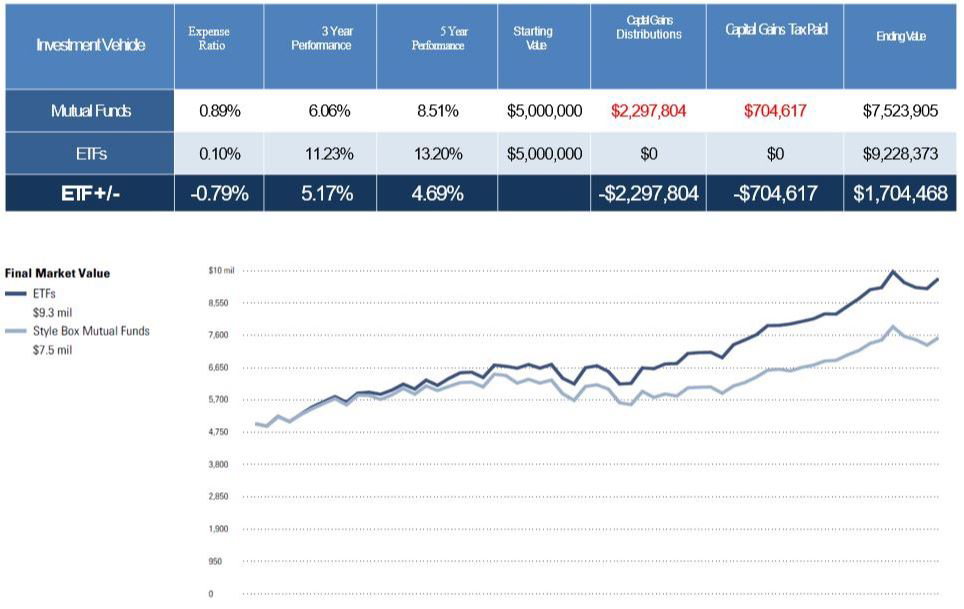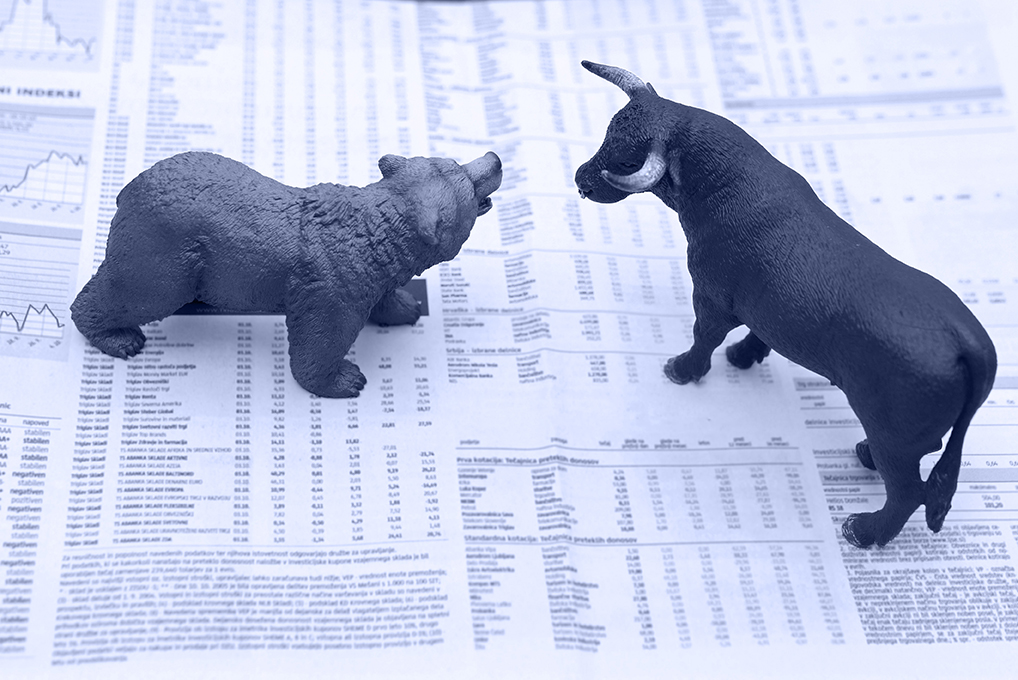The Dirty Dozen investment lies to ignore.
Bonds mature. Stock trades come and go. All options expire. What is timeless in investing are certain principles essential to success. The rules required are non-negotiable if you want long-term investment success. My intent isn’t to scare you, but to encourage all investors, both future and present, to embrace a rules-based approach to investing. We are all either trained or un-trained in our chosen endeavors, including investing. Be disciplined, do the homework, stick to the rules, and, ignore the “lies.” We must separate investment myths and misconceptions from truth. Below, I have listed the “Dirty Dozen”—twelve common fictitious beliefs you may have heard.
1) Investing is easy and a quick way to make money.
You may have heard this myth. And, given the bull market that we are now in, which just turned 10 years old, you may have had thought so yourself. I had a client once decide to go on her own, saying, “Buying stocks is easy! It’s like gambling. It’s fun.” She said that verbatim. Make no mistake, that myth could not be further from the truth. Investing is not easy, and it’s no way to make quick money. Know anyone who quit their job in 1999 to become a “day trader”? I’ve said for 35 years, “Serious money should be managed seriously.” A recent study by the American Enterprise Institute showed that as of last year, over 80% of professional equity fund managers failed to “beat the market” over the last five years.
2) Stocks Are Riskier Than Bonds.
It is understandable that this investment myth is widely believed since the stock market is so volatile. However, over the long term, the U.S. stock market has been remarkably consistent. Since 1926, the rolling 30-year average annual return of the S&P 500 index has averaged 10%. While most bonds have little risk, so can a diversified portfolio of high-quality stocks.
3) Gold Is the Best Investment.
Not true. While gold provides protection against inflation, there is little evidence to suggest it is a better long-term investment than other investments, especially stocks. From 1996 to 2015, gold generated an average annual return of 5.2%, well below the average annual historical return of the S&P 500. From 1970 to 2015, gold averaged a 7.9% annual return, still below the stock market’s historical average return (10%). Like any other asset, gold is only worth what investors are willing to pay for it. Some believed Beanie Babies and Bitcoin were the best investments, too.
4) International Investment Risk Is Too High.
To the contrary, the fact is NOT investing internationally is high-risk. International stocks in combination with U.S. stocks can actually lower risk in an equity portfolio, compared with an all-U.S. portfolio. That’s because historically, the performance of U.S. and international stocks has been somewhat uncorrelated, which reduces risk. Historically, a globally-balanced (hypothetical) portfolio of 70% U.S./30% international equities has produced better risk-adjusted returns and lower volatility than an all-U.S. portfolio.
5) Avoid Market Fluctuations by Investing in Index Funds.
Index funds mirror the market, so this belief cannot be true. Last market crash resulted in the S&P 500, the most popular index fund, falling about 58% (from October of 2007 to March of 2009). The truth is, index funds should lose more in a down market. Since they are not managed, they just passively go along for the ride as bear markets continue to drop month-after-month and year-after-year.
6) I’m Too young to plan for retirement.
It’s never too soon to save or plan for retirement. It can only be too late. Ask a young person, say around 20, if they want to be a multi-millionaire when they retire? Then tell ‘em that after saving $100/week for 40 years they will have over $2,531,000 (assuming a 10% annual rate of return on the investments) when they are 60. Investing small amounts adds up over time. What if only half of that was saved? The real lesson here is the power of compounding.
7) All Investment Advisors Are the Same.
Not all doctors, CPA’s or car mechanics are the same. We all know no two are alike. This myth simply is not true. Experience, education, certifications and designations are just a few factors among investment advisors that can help you identify key differences among investment advisors. The fact is there are many professional attributes that differentiate one advisor from another. Perhaps most beneficial is an advisor who does things in ways best aligned with what you want, in ways you want them done.
8) Timing the market right is required to make money.
One of my Top 10 Investment Tenets is that the key to long-term investing success is time; “It is the amount of time inthe market, not timingthe market, that matters.” There is evidence from investor behavior studies that analyzes “investor vs. investment” returns. The average investor’s returns are less than the investment’s return they owned. How’s that? The investors got out. For the twenty years ending 12/31/2015, the S&P 500 Index averaged 9.85% a year. The average investor in the index only earned 5.19% (according to a January 2019 Dalbar study). Must stay in to win.
9) Good companies are always good stocks.
I call it the “Good company, bad stock” scenario. Just because a company has a recognizable brand or a popular product doesn’t mean the company’s stock will be a good investment. Even the very best company can be a bad stock investment at times. The market reacts to different valuation metrics other than brand popularity. Investors should value stocks based on earnings and revenue growth, company debt levels, and many other fundamental and technical analysis criteria. Chevron Corp, headquartered here in the East Bay, has been long considered a good company; a caring corporate citizen and a worldwide leader in the oil exploration and production industry. However, over the last 10 years its’ stock has substantially underperformed the general stock market. Chevron stock gained a total 85%, while the S&P 500 index is up over 250% over that time.
10) You Can’t Beat the Market.
Yes, you can. As I write this, I am reminded that today is the public birthday of Microsoft Corp. The company’s IPO was March 13, 1986. One thousand dollars invested in the stock then is nearly $1,400,00 today. The same investment in the S&P 500 index (the “market”) is now about $11,000. Just that a portfolio of well selected stocks will beat the market. Warren Buffet has proven that.
11) Stocks that have gone up must come down.
Sure, stocks and the stock market experience declines. Whether more frequent “corrections,” or more infrequent and severe bear market down turns, stocks go down at times. However, the laws of physics do not apply to the stock market, and there is no gravitational force to pull stocks back to even. For example, over 20 years ago, Warren Buffett’s Berkshire Hathaway stock price rose from about $7,400 to over $17,000 per share in just a five-year period. Far from coming back down, the stock has continued its ascent, now over $306,500 (as of 3/15/2019). Dozens or more innovative, well managed, leading companies in growing industries have continually increased in value over many decades.
12) Investing on your own requires being intellectually gifted.
My wife Maya reminds me often that “Common sense isn’t that common.” It is perhaps just knowing yourself and having some common sense that is needed to be a successful investor. You do not need to be a member of Mensa to invest wisely. Isaac Newton was one of the smartest people to ever live. But there’s a big difference between being a smart physicist and smart investor. As many do, Newton learned that the hard way. He got caught up in the first “bubble” in stock market history. From the book on his story, Back in the spring of 1720, Sir Isaac Newton owned shares in the South Sea Company, the hottest stock in England. Sensing that the market was getting out of hand, the great physicist muttered that he ‘could calculate the motions of the heavenly bodies, but not the madness of the people.’ Newton dumped his South Sea shares, pocketing a 100% profit totaling £7,000. But just months later, swept up in the wild enthusiasm of the market, Newton jumped back in at a much higher price, and lost £20,000. That’s more than $4 million today.
“What’s obvious is obviously wrong” is an old investment adage. It implies that knowing just a little will only have you following the crowd like a lemming. Successful investing takes hard work and effort. I hope this article helps increase your investment knowledge and success.









